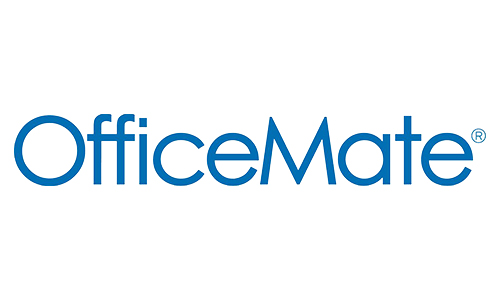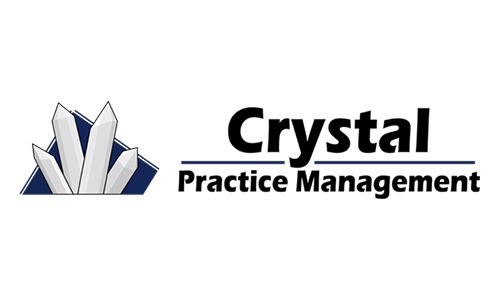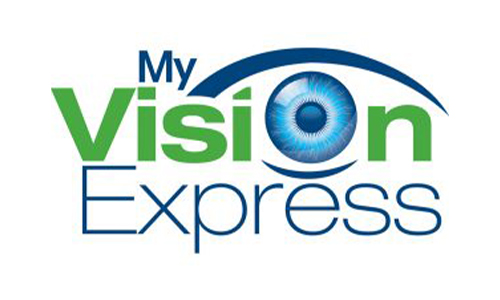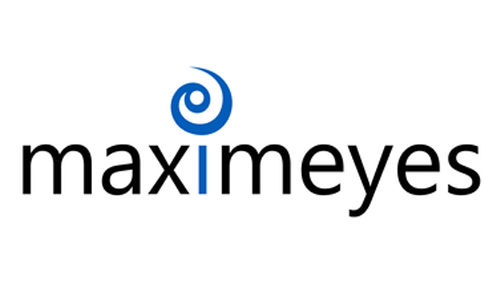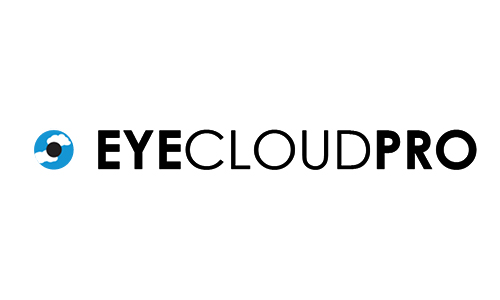How to use Modifier 59 properly.
By Melissa Jacobson, Operations Manager, RevCycle Partners
Misuse of modifiers remains a consistent problem amongst optometric practices. They can be tricky to understand. And even trickier to know when to use. Misuse of common modifiers leads to inevitable claim denials (and headaches for providers).
One of the trickier modifiers—the most misused modifier—is Modifier 59.
What Is Modifier 59?
Modifier 59 is used to identify procedures and services that are not normally reported together. In 2015, CMS published the X(ESPU) modifiers with the intention of eventually sunsetting modifier 59. For now, modifier 59 can still be used but the more specific X modifiers should be used whenever possible. The X modifiers are:
- Modifier XE (Separate Encounter): “a service that is distinct because it occurred during a separate encounter.”
Important Note: Only use Modifier XE to describe separate encounters on the same date of service.
- Modifier XS (Separate Structure): “a service that is distinct because it was performed on a separate organ/structure.”
- Modifier XP (Separate Practitioner): “a service that is distinct because it was performed by a different practitioner.”
- Modifier XU (Unusual Non-Overlapping Service): “the use of a service that is distinct because it does not overlap usual components of the main service.”
- The following applies to both modifier 59 and the X(ESPU) modifiers.
Even though Modifier 59 is the most misused modifier, it’s easy to use. So long as you understand when to use it.
When to Use Modifier 59
There are four conditions that must be met to use Modifier 59:
- Use Modifier 59 when, under certain circumstances, a provider needs to indicate that a procedure or service was distinct or independent from other non-E/M services performed on the same patient on the same day.
- Use Modifier 59 when your documentation supports a different session, different procedure or surgery, different site or organ system, separate incision/excision, separate lesion, or separate injury (or area of injury in extensive injuries) not ordinarily encountered or performed on the same day by the same individual.
- Use Modifier 59 when there is NOT another more established descriptive modifier available that would be considered more appropriate.
Use Modifier 59 when the NCCI Table lists a “1” in the modifier column.
Here’s an example: In some optometry offices Modifier 59 is used to occasionally unbundle services for an OCT 92134 scan and fundus photography 92250 in the same visit.
Just be careful. CMS considers the treatment of the posterior segment structures in the eye to be treatment of a single anatomic site. Not to say it can’t be justified. But be prepared with chart notes and documentation to back up your reasoning.
When You Should Not Use Modifier 59
The reason Modifier 59 is so tricky is because of its limitations. Here are two instances when you should not use it:
- Do not use Modifier 59 if:
- It is an E/M services; or,
- The proper criteria for use of the modifier is not met.
- Modifier 59 should never be used:
- To strictly prevent a service from being bundled, or to bypass the insurance carriers edit; and,
- With X modifiers on the same claim line.



